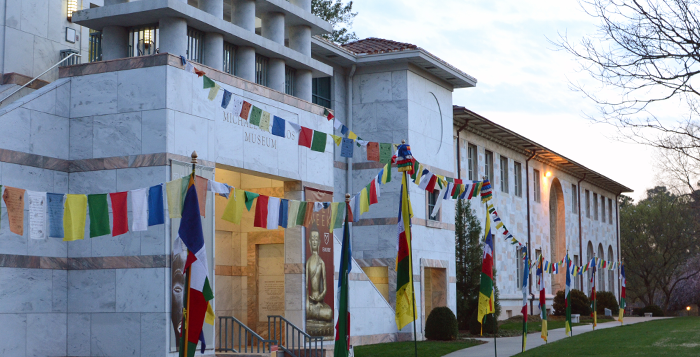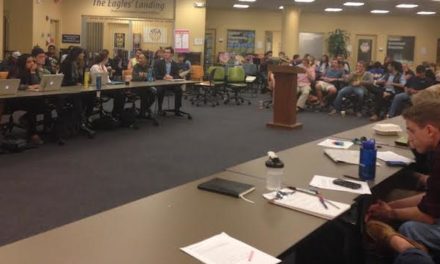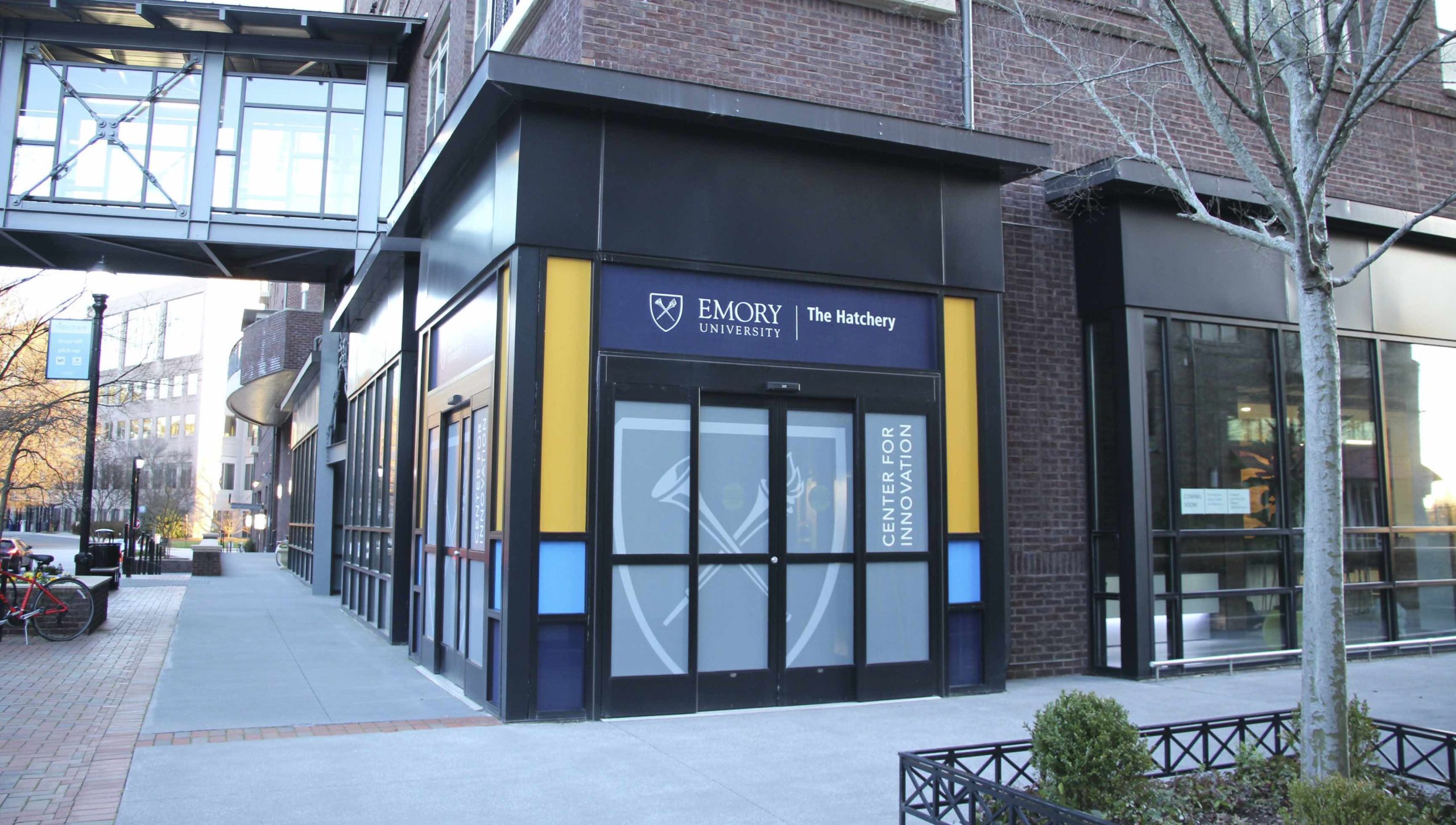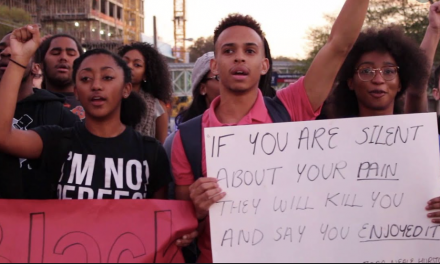The Emory-Tibet Partnership’s (ETP) 14th annual Tibet Week began on Monday and consists of events that focus on exposing students and the Atlanta community to Tibetan culture and religion. All of the events will take place in Michael C. Carlos Museum Reception Hall and are open to the public.
Tibet Week features events such as the daily Mandala sand painting by the Drepung Loseling Monastery monks, daily compassion meditation, discussions with renowned speakers, a student panel discussion, a study abroad program meet and greet, a gallery talk at the Carlos Museum and a documentary screening.
Lobsang Tenzin Negi, director of the ETP and senior lecturer in the Religion department, said Tibet Week is meant to show students the comprehensive connection between Emory and Tibetan traditions, knowledge and culture.
“Tibet Week has become one of the richest annual events at Emory,” Negi said. “I hope the whole community will have the opportunity to attend as many of the events as they can.
Tibet Week began at Emory in 2001 as a way to showcase the University’s connections to the Tibetan monasteries and show options for students to get involved in the partnership, which include taking classes with the Tibetan Buddhist faculty in the Religion department, attending compassion meditation in Cannon Chapel every Wednesday at 5 p.m. or attending one of the two Tibetan study abroad programs offered in the summer or the spring program.
Kari Leibowitz, program coordinator for the Emory-Tibet Partnership, said that her favorite event is the mandala sand painting, a Tibetan Buddhist tradition that involves the creation of art made from colored sand. The Mandala is then ritually destroyed at the end of the week – symbolic of the impermanence of life.
“I love going by two times a day to see the progress that has been made,” Leibowitz said. “Then they wipe it away after working for so long. It is always inspiring and always amazing. I’m going to take a million pictures.”
Robert Paul, the Charles Howard Candler professor of Anthropology and Interdisciplinary Studies within Emory’s Institute of Liberal Arts and former Dean of the College, also said that the sand mandala is noteworthy.
“I do always admire the construction of a sand mandala, because of the dedication, skill and cooperation its creation exemplifies on the part of the monks who devote painstaking effort to it; and because of its intrinsic beauty; its deep religious meaning; and its profound lesson that life is both beautiful and impermanent,” Paul wrote in an email to the Wheel.
This year, Tibet Week is also incorporating events related to the Emory-Tibet Science Initiative, a program that will bring modern sciences to the three largest Tibetan monasteries in Southern India.
According to Negi and Leibowitz, bringing modern science into the monastery curriculum has been a long time dream of His Holiness the Dalai Lama.
Emory has the opportunity to aid in the endeavor when 26 total faculty members travel to the monasteries in May or June 2014. A panel discussion entitled “Realizing the Dalai Lama’s Dream of Science for Monastics” will be held on Wednesday at 7:30 p.m. in the Michael C. Carlos Museum to discuss the initiative.
“This will be the most exciting event in the sense that, for the first time in 600 years of Tibetan monastic education, they will incorporate modern sciences,” Negi said.
Emory faculty developed lectures and they were translated into Tibetan. There will also be bilingual forms and videos available at the monasteries.
“The discussion [during Tibet Week] will be about how the implementation will unfold and challenges they are facing what they anticipate,” Negi said. “I think it will be quite an important an event for the Emory community but also for the larger Atlanta community. It is something people will enjoy learning about.”
Leibowitz said that Tibet Week is important because it highlights yearlong opportunities that the Emory-Tibet partnership offers to Emory. These include classes offered, weekly meditation and two study abroad programs offered in the spring and summer.
Leibowitz said that she wants this year’s Tibet Week to expose students to the partnership, which can sometimes “fly under the radar.” She said that the partnership is especially important because it is unique to Emory.
“I hope it will attract students who have no exposure or background in this before,” Leibowitz said. “I hope they step outside their comfort zone and see the amazing unique partnership we have.”
Negi said he is looking forward to a forum called “Building Friendship Through Common Understanding,” held on Wednesday at 6 p.m. in the Michael C. Carlos Museum.
This showcases the Tibet-China initiative that began on Emory’s campus last year that aims to bring groups together to break down political barriers.
According to Negi, it is the only initiative of its kind that exists on a U.S. campus. He said that he hopes it will act as a model for others.
“It is bold and a great event that they are offering,” Negi said. ” We hope to foster friendship between Chinese and Tibetan students. It is a meaningful initiative to build a deeper, respectful understanding which is the foundation for agreements between two people.”
The Emory-Tibet Partnership, originating in 1998, is the affiliation between Emory and between Emory and the Drepung Loseling Monastery, Inc. Center for Tibetan Studies. The partnership derived from the work of Negi and Paul.
Negi came to Atlanta in the early 1990s to pursue graduate studies at Emory and Paul was his advisor. Negi was sent by His Holiness the Dalai Lama to open a Buddhist Teaching center here.
According to Paul, Negi wanted to learn more about the West. Due to Paul’s own work in Nepal, he said he thought that the partnership would be beneficial for both communities.
“Lobsang, then a young monk with outstanding ability, was interested in learning more about Western philosophy, psychology and cognitive science.” Paul wrote in an email to the Wheel. “I was deeply committed to the support of the Tibetan people and to the dissemination of the wisdom about human mental, spiritual and communal life preserved in living Tibetan traditions.”
Paul and Negi proposed the idea to link Emory with the Loseling Institute to the Dalai Lama in 1995. The Dalai Lama came to Atlanta and a small committee led by Gary Hauk met with him.
With the Dalai Lama’s encouragement, a link was officially created between Emory and the Tibetan people in exile in Dharamsala, India, which is the current home of the Dalai Lama.
According to Paul, the idea to invite the Dalai Lama to join the Emory faculty came from Negi.
Paul said that at this point Negi had earned his Ph.D. at Emory and his Geshe degree, the highest in the Tibetan monastic system, from Drepung Monastery in India.
Due to the interest that the Emory-Tibet partnership had already generated, the relationship was strong.
– By Wendy Becker
The Emory Wheel was founded in 1919 and is currently the only independent, student-run newspaper of Emory University. The Wheel publishes weekly on Wednesdays during the academic year, except during University holidays and scheduled publication intermissions.
The Wheel is financially and editorially independent from the University. All of its content is generated by the Wheel’s more than 100 student staff members and contributing writers, and its printing costs are covered by profits from self-generated advertising sales.






